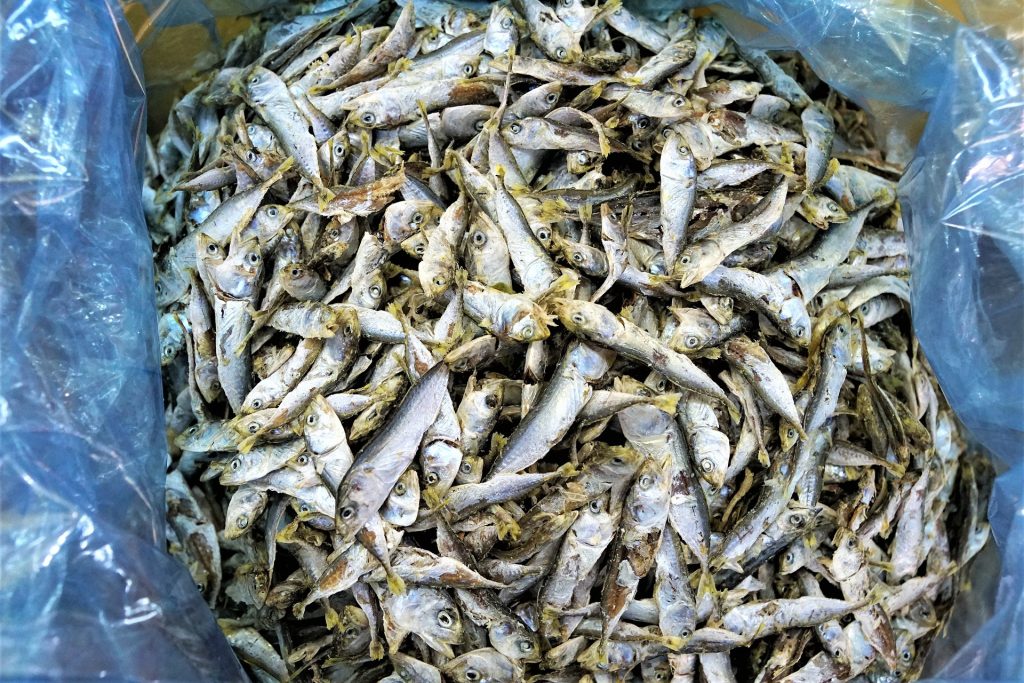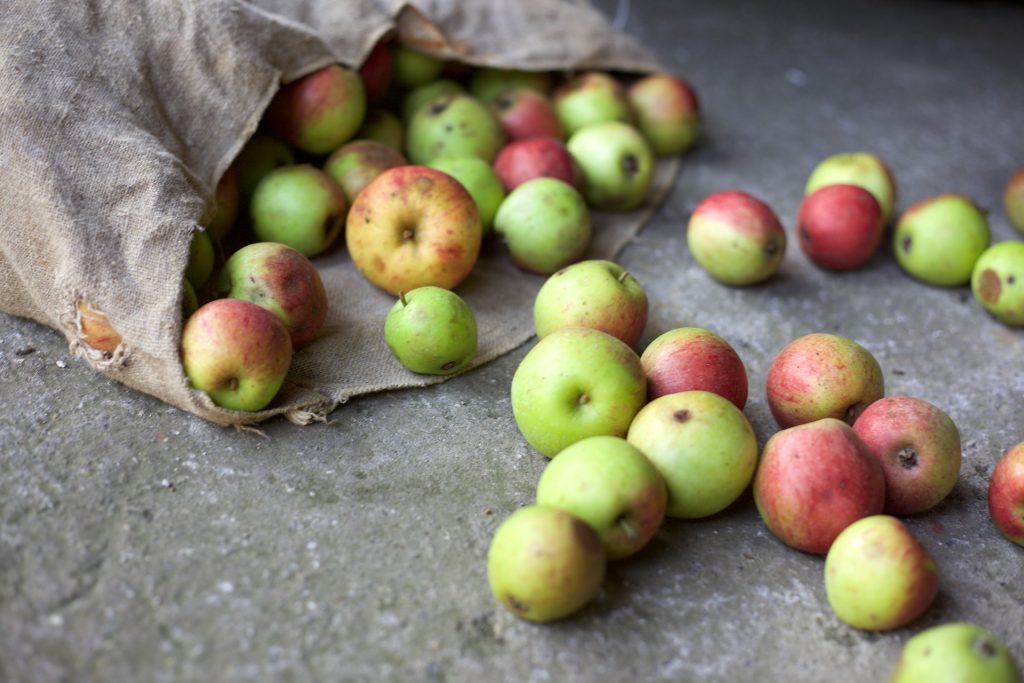Food Waste
3.7 Global and Local Solutions

Many food waste reduction initiatives have been launched around the globe. In Canada, the “Food Policy for Canada” program encourages public and private sectors to share innovative models and opportunities to reduce food wastage (Government of Canada, 2017). There are also non-profit organizations like Second Harvest that are pioneering perishable food redistribution across the country. Through its flagship program called “Food Rescue”, Second Harvest collects and redistributes surplus food to the community in need. (“Food Rescue,” 2018)
In Latin America, there are sustainability organizations focusing on food waste reduction advocacy. Herbalife Nutrition in Colombia created the “Zero Hunger” project, which aims to reduce food waste by distributing nutritious food to poor families. (Ortiz, 2022). On the other hand, Mexico’s WRAP Global advocates for easy household practices such as creating meal plans and proper storage of food to reduce food wastage (The Yucatan Times Newsroom, 2019).
Many countries in Asia, like India and China, focus on strengthening infrastructure and launching national campaigns. Mega food parks are being developed in India to provide adequate storage facilities for both processed and unprocessed food, which will help extend food’s shelf life. (ForumIAS, 2021). In China, the concept of food security guarantees that everyone has equal access to food. In view of this, the government launched “Clean Plate”, a campaign that seeks to remind everyone that it is important to maintain a sense of crisis about “food security” (Allen, 2020).
Conclusion

Food waste is a global problem that has a significant impact on the economy, nutrition, food security, and the environment. The production of food from farmer to consumer creates waste with inefficient use of water, land, fertilizers, and pesticides. Food waste leads to food shortage, which then increases the demand for food and results in higher costs of products. Governments worldwide have developed policies to address food waste: Canada has the “Strategy on Short-lived Climate Pollutants” and “The Food Policy Canada”, India has the National Food Security Law, Colombia has “Future Food”, and China has the “Clean Plate” program. United Nations Sustainable Development Goals of “Zero Hunger” (SDG 2) and “Responsible Consumption and Production” (SDG 12) aim to address the problem of food waste by 2030. Organizations such as Second Harvest launched food rescue programs to ensure that food from the farm is not wasted and can go directly to the people. As you buy groceries in stores or eat at restaurants, remember that the food you waste can address the hunger of 800 million people. Don’t waste it. Just eat it.
Take a look at the following video: it describes the action items that people are calling for to improve food production, food security, and climate change.
